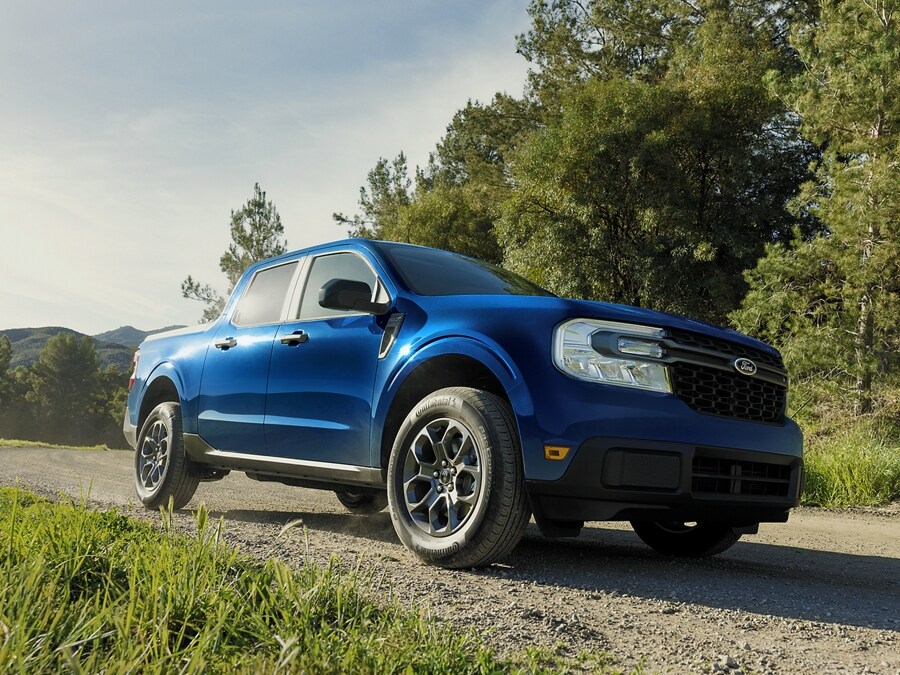There's a noticeable change happening in the automotive industry. One prominent example is Ford, where hybrid vehicle production has increased significantly, reflecting a 30% rise in hybrid production over the past year. This surge indicates a growing consumer demand for hybrid vehicles.
The Hybrid Vehicle Surge
The shift towards hybrids is evident across the automotive industry. A recent survey by AAA revealed a decline in American interest in purchasing electric vehicles (EVs), with only 18% of U.S. adults likely to buy an EV, down from 23% last year. In contrast, interest in hybrids is on the rise, with 31% of consumers expressing a likelihood of purchasing one. The main concerns deterring potential EV buyers include high costs, limited charging infrastructure, and range anxiety.
Hybrids, which run on both battery power and gasoline, are seeing a significant increase in sales. In 2023, hybrid sales surged by 53% to reach a record high, now making up 9% of new car sales compared to about 7% for electric vehicles, according to MotorTrend and the Department of Energy.
Why Hybrid Vehicles Are Winning
Industry leaders explain that there's no compromise for the hybrid vehicle customer. Many companies have recently set new records for monthly hybrid sales and plan to significantly increase production in the next five years. These companies aim to meet customer demand by offering a balanced approach of gas, hybrid, and electric vehicles.
The appeal of hybrid vehicles lies in their ability to combine the benefits of both gasoline and electric power. They provide the flexibility of a traditional gas engine with the added efficiency of electric power, reducing the anxiety related to charging infrastructure and range limitations.

Environmental and Regulatory Impacts
The Biden administration's regulations are pushing automakers to rapidly electrify their vehicles, as transportation is the leading source of planet-warming emissions in the U.S. Over its lifetime, an EV produces 50% less CO2 than a gas-powered vehicle, while a hybrid cuts it by 25%, according to the National Renewable Energy Laboratory. However, the shift to a fully decarbonized American auto fleet would take longer if consumers continue to favor hybrids over EVs.
Despite the current decline in EV sales, industry experts note that EV sales are still occurring, albeit at a slower rate than in previous years. They believe hybrids may serve as a bridge to a fully electric future for mainstream buyers. EVs will undoubtedly be part of the mix of vehicles on the road, but hybrids will dominate for decades to come.
At A3 Global, we see all the signs: both of these vehicles will inevitably edge out traditional gas-powered vehicles in the coming years. With a combination of regulatory changes and economical sense, Americans are pivoting toward the vehicles that simply cost less to run and still give them the power and security they need for work and play.
Looking Ahead
The near-term future of the automotive industry seems to be a mix of hybrid, plug-in hybrid, electric, and some gas vehicles. This balanced approach allows consumers to gradually transition to more sustainable transportation options without compromising on convenience or performance.
In conclusion, the rising popularity of hybrid vehicles among American consumers highlights a significant shift in the automotive landscape. As technology continues to evolve and environmental awareness grows, hybrids offer a practical and appealing option for those looking to reduce their carbon footprint while still enjoying the benefits of a versatile and reliable vehicle.
At A3 Global, we pride ourselves on being the industry leader in hybrid and EV battery aftermarket solutions. We are committed to playing our part in helping the environment and promoting the circular economy, ensuring a sustainable future for all.



